Dry plaster: types and applications
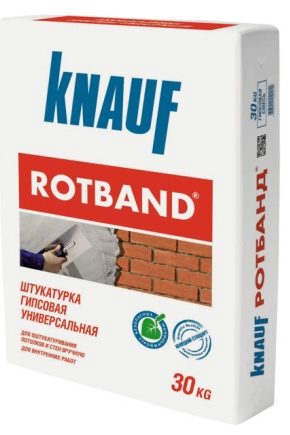
Previously, when preparing plaster, you had to spend time mixing lime, cement or gypsum. Now any modern consumer can purchase ready-made dry plaster for a timber-frame house, for exterior decoration of another building, for interior decoration work. Before applying to the surface, it will only need to be diluted with water.
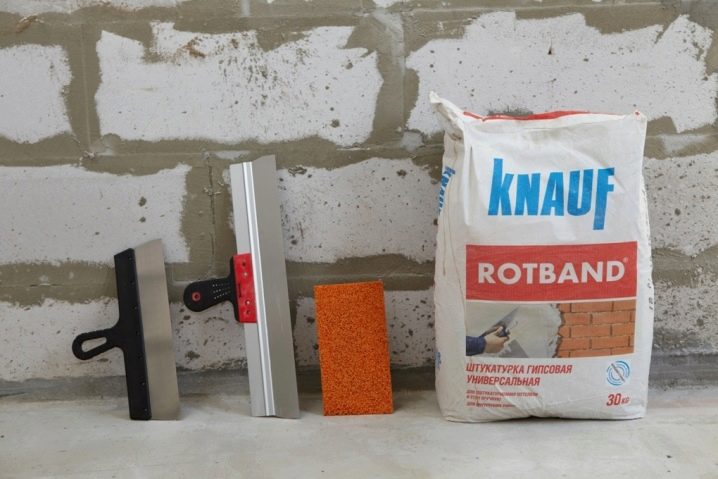
Another popular type of drywall is drywall sheet material, which is considered very easy to use. We will deal with the types and nuances of the use of various dry plasters in more detail.

What it is?
Dry plaster can be sold as a free-flowing mixture, which requires dilution in water. Sheet materials are created on the basis of gypsum (in such plaster it is approximately 93%). Manufacturers trim the sheet with paper or cardboard on both sides: this does not allow the gypsum to collapse, crack.
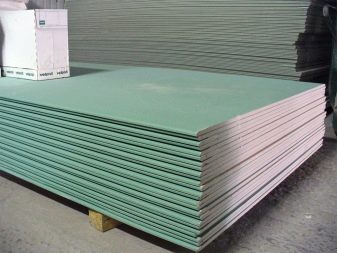
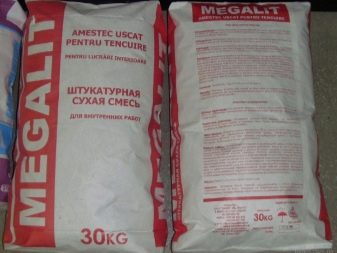
The composition of sheet plaster also includes organic substances that differ in viscosity (for example, starch). They increase the strength of materials and make them more durable. Drywall is versatile, it is used for finishing a wide variety of surfaces. For this reason, many modern consumers choose just such a plaster.
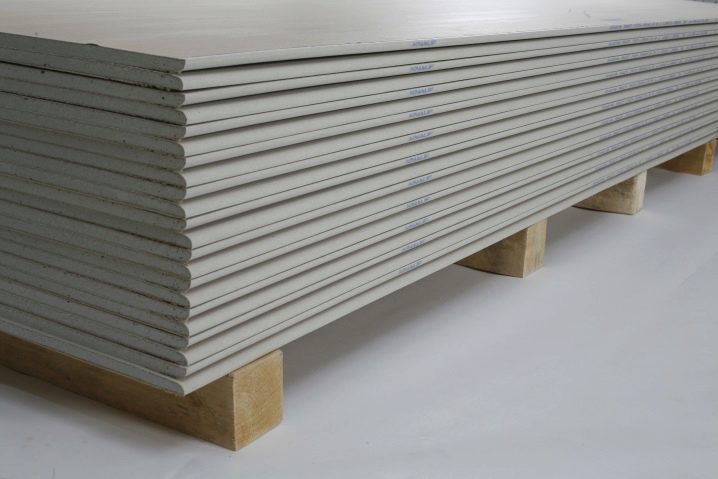
Varieties of mixtures
If we talk about plasters that are diluted with water, it can be noted that there are several main types of such solutions. Mixtures are lime, cement or gypsum.

Gypsum
These materials are very popular because you can work with them very quickly. They include not only gypsum, there are also polymer fillers. Such mixtures are purchased for interior finishing work. The main plus of gypsum plasters is that there is no need for finishing, because the base is very even. The disadvantages of such materials are low strength and instability to liquid.
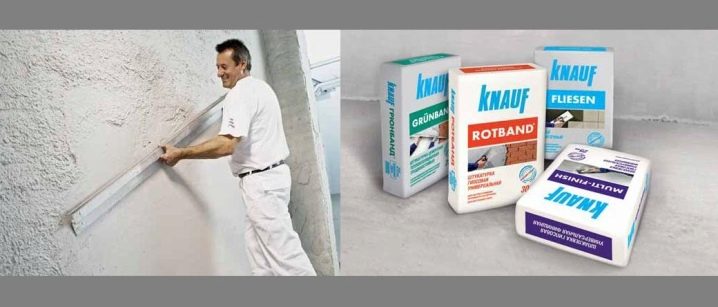
Before using gypsum plaster, you need to remove all dirt from the wall, make it as even as possible. When preparing the mixture, be guided by the proportions indicated by the manufacturer. Read the instructions carefully. Use a spatula to apply the material to the surface: the layer will need to be made as even as possible. Such a coating usually dries up in a day, and completely cures in about a week.
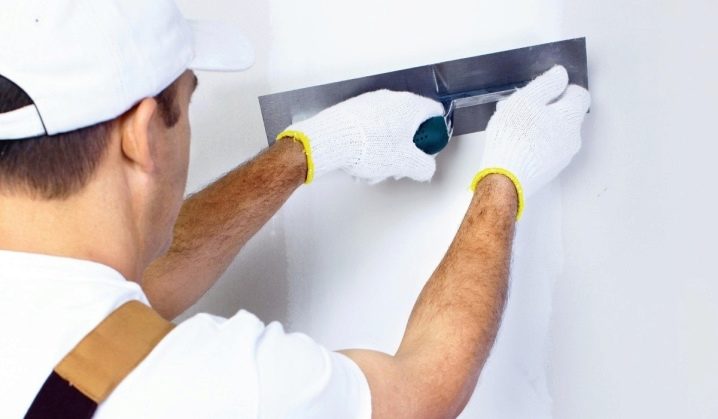
Lime
This is the most traditional option and has been used by consumers for years. The composition of such materials includes cement, sand, lime. This type of plaster is used for finishing the interior surfaces: it is not resistant to liquid, therefore it is not suitable for external walls.
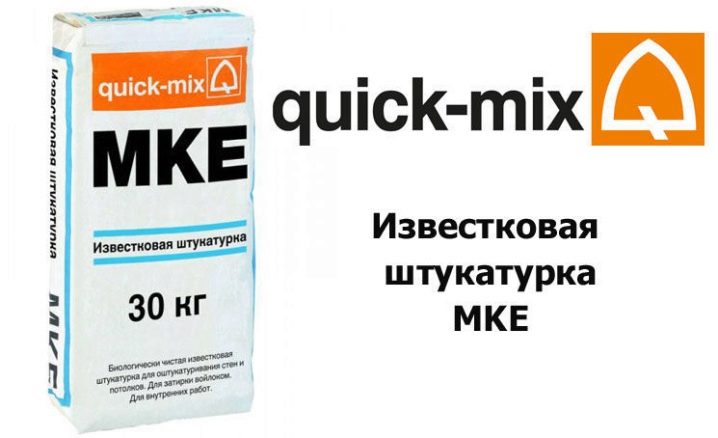
The main advantage of such formulations is the low price, but they are not durable and dry out after two days, not earlier. Such coatings become maximally hard in about a month.
Cement
Cement-based dry plasters are versatile: they can be used for both interior and exterior decoration. The main components are sand and cement, additional components are polymer fillers that increase adhesion and make the material more viscous.
Such coatings are not suitable for damp substrates. For this reason, it will be necessary to thoroughly dry the surface before applying the plaster. It is also necessary to use a special deep-penetrating primer. The coating dries up in three days (however, this can happen faster), completely hardens in a week.
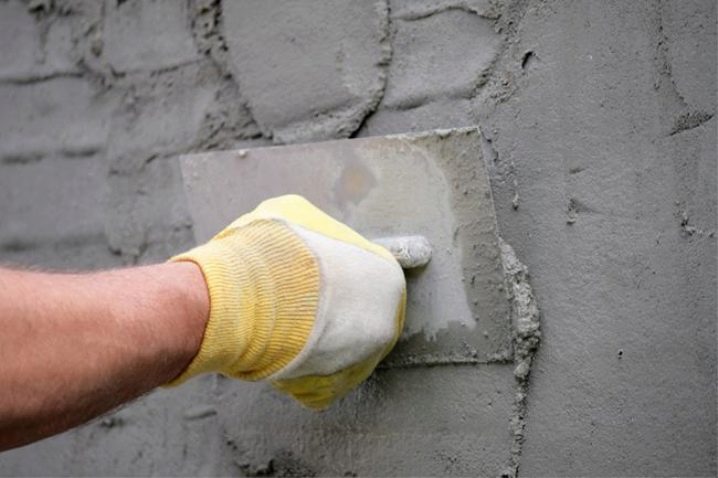
It is quite easy to work with plasters that are diluted with water. You just need to show the utmost care, care and take into account the recommendations that are indicated in the instructions. When purchasing, the characteristics of the material are very important: select it very carefully, taking into account the features of the surface.
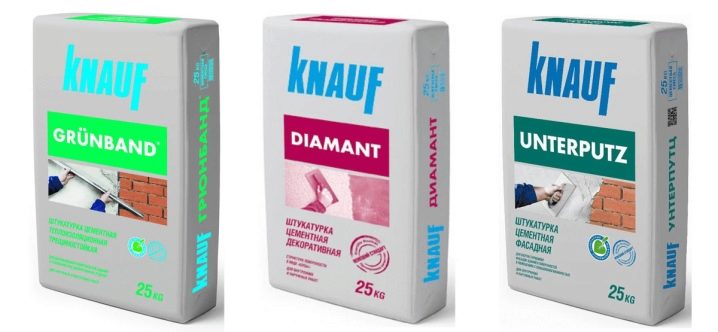
If you cannot decide which type of plaster is better, gypsum or cement, then we suggest watching the following video.
Features of sheet materials
Sheet plaster has many advantages.
The following advantages are especially attractive to consumers:
- Ease of installation. If you install sheet material, you do not have to wait a while before finishing. It is also worth noting that the installation itself is much faster and easier than applying conventional plaster.
- Soundproofing. Such material is an obstacle to sound waves.
- Fire resistance. This coating will not spread and sustain flame. Only the cardboard or paper top layer will suffer.
- Safety for human health. Sheet plasters are created without the use of harmful components. When heated, such materials do not emit harmful substances.

It is also worth noting that sheet materials are not as expensive as liquid plasters. This advantage turns out to be decisive for many consumers.
Dry sheet plaster has not only advantages, but also disadvantages:
- Insufficient resistance to liquids. Even if you apply a special waterproof coating to drywall, it will not be able to withstand exposure to water for a long time. If your apartment is flooded, you will need to redecorate the ceiling or walls.
- Insufficient strength. It is not recommended to hang heavy pieces of furniture or equipment on drywall walls.

Installation work
Sheet materials can be installed in different ways. Two methods are commonly used.
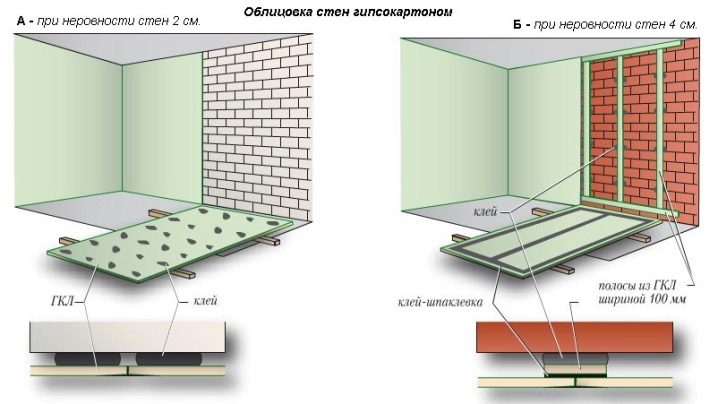
On glue
With this installation method, drywall is fixed to the base with adhesives. You can purchase a special mixture, it is diluted in water. The manufacturers usually indicate the proportions on the packages. The result should be a homogeneous and thick enough material that can be easily applied to the substrate.
Drywall has a significant weight, so you should not carry out installation work alone. It is recommended that you have an assistant install such material.
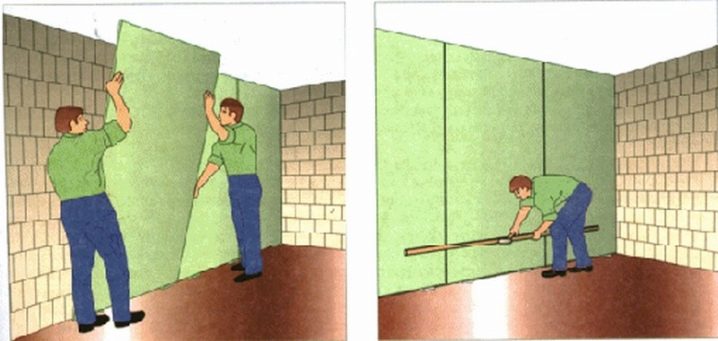
Installation on adhesives is carried out as follows:
- First clean the base to which the plaster will be applied. You can do this with a sander or sandpaper.
- Apply a primer to the ceiling or walls. Due to this, the surface and the adhesive will adhere better to each other.
- Wait for the primer to dry and use glue, apply it in the center of the wall and around the perimeter. There should be quite a lot of adhesive on the surface. The glue can also be applied to the drywall itself.
- Lean the sheet against the surface. With the help of a building level, it will be possible to check whether it is installed correctly.


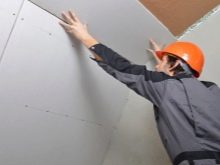
When the finish is complete, wait for the adhesive to dry (the packaging usually indicates the correct time). Using a finishing putty, seal the joints between the drywall products. Then it will be possible to proceed with the finishing: gluing wallpaper, laying tile coverings, applying paint. This is the easiest way to install sheet materials, this method is suitable even for an inexperienced person.
On the frame
Installation on a frame is not like the previous method.You will first need to prepare the aluminum frame: then dry plaster is attached to it using self-tapping screws.
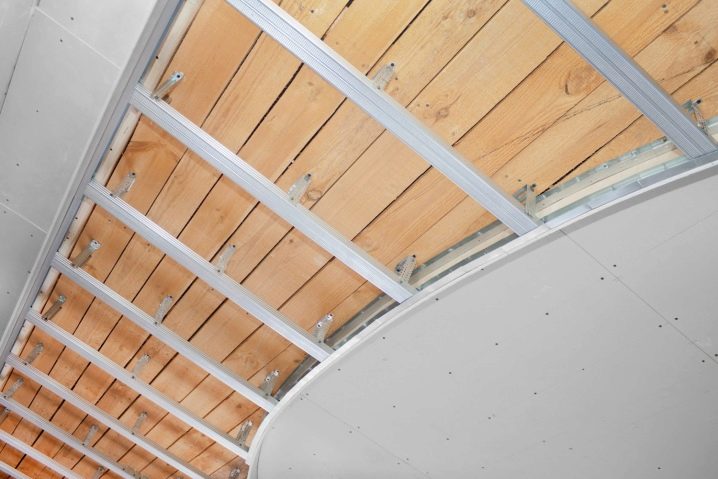
Installation work is carried out in the following order:
- Clean the surface, prepare it for the installation of the structure. It is necessary to remove potholes, get rid of irregularities. Otherwise, the frame will not hold well.
- Install a horizontal profile at the bottom of the wall. The design is based on this element. Using the building level, you will need to mark the base in advance.
- Then the upper profile is installed on the ceiling.
- Then the installation of vertical racks should be carried out. They will connect the bottom and top elements. To ensure that there are no gaps when installing drywall, observe a step of 40 cm.Using a building level, check whether the vertical elements are evenly located.
- Using a screwdriver and self-tapping screws, fix the drywall to the frame. Make sure that there are no gaps between the sheets: they should be located end to end.
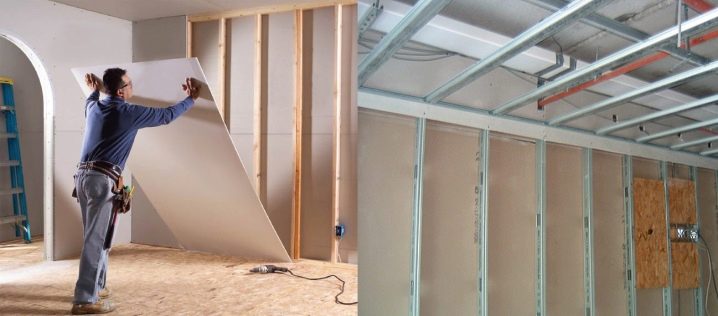
Expert advice
If you want to achieve good work results and get a high-quality and durable coating, you need to consider certain rules.
Remember the following nuances:
- All utilities should be sorted out before using dry sheet plaster. Lay them out in advance.
- In rooms where there is a high risk of fire, use fireproof coverings.
- Do not install dry sheeting at very low temperatures, otherwise the cardboard or paper will peel off the drywall.
- Do not use conventional sheet materials in rooms with very high humidity. Stop choosing sheets that have a moisture resistant coating.
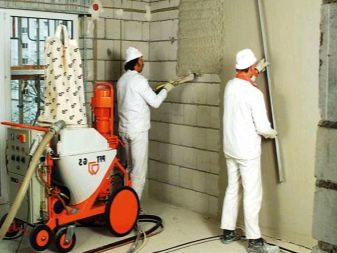
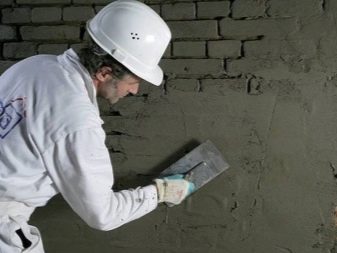
Take into account the manufacturer's recommendations and strictly follow the instructions, in this case, the results of finishing work will not disappoint you. If you are not sure that you can choose the right material yourself, consult a specialist in advance.
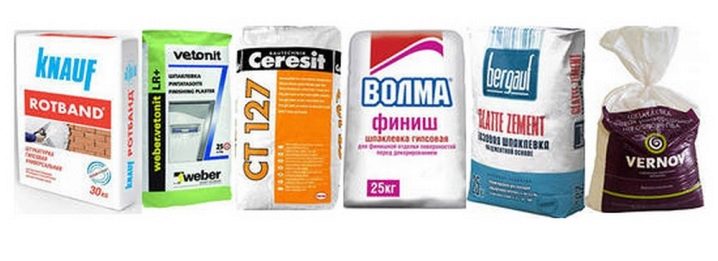













The comment was sent successfully.